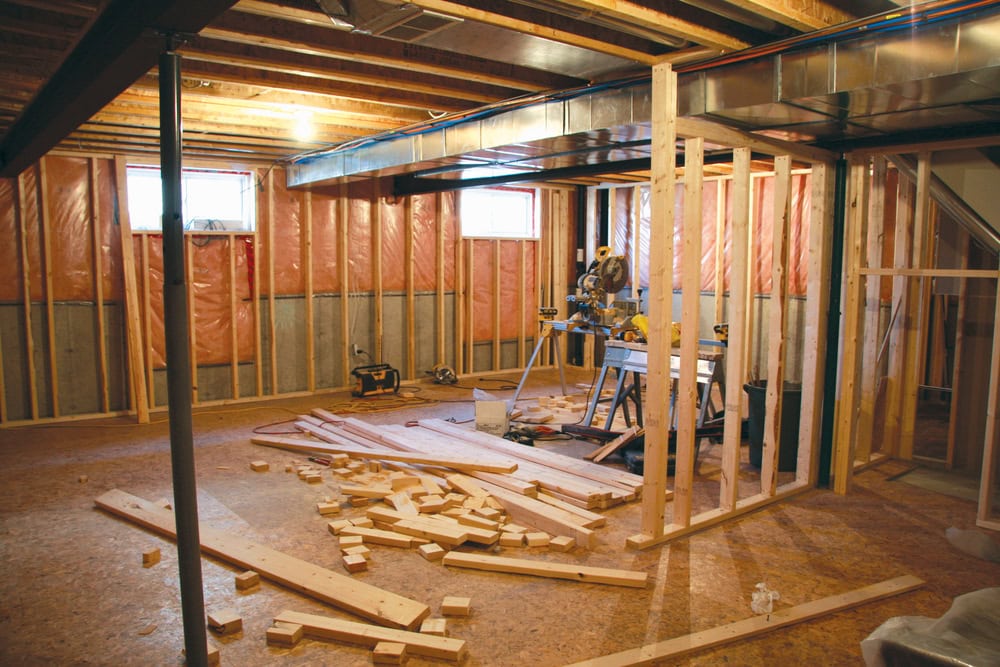Top Tips for Passing the California Contractor License Exam
Hello, aspiring contractors! If you’re looking to get your contractor license in California, you know that passing the exam is a critical step. Whether you’re aiming for a general contractor license or a specialized license like the B-2 Residential Remodeling Contractor license, preparing for the exam can feel daunting. But don’t worry—we’ve got you covered … Read more










